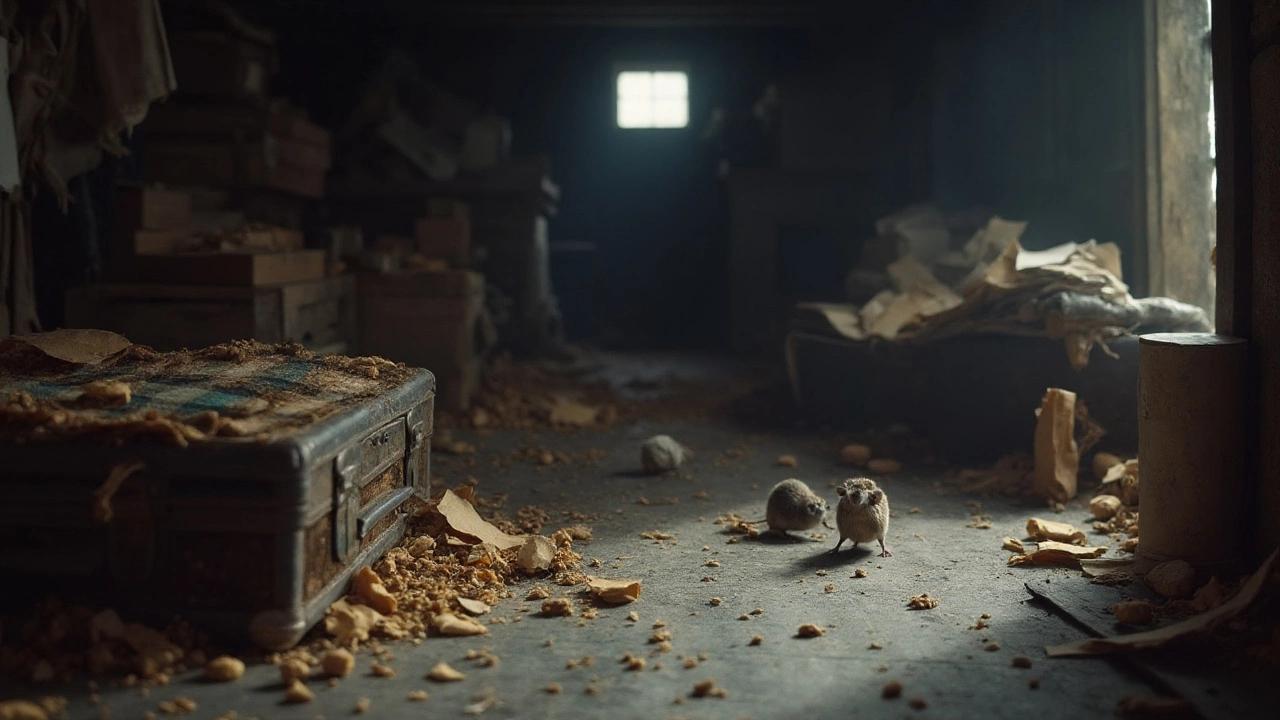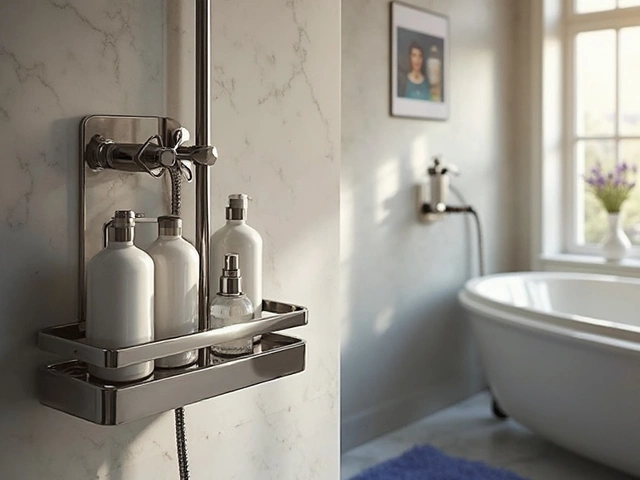Storage Unit Mice Prevention: Easy Steps to Protect Your Belongings
Finding droppings or gnaw marks in a storage unit is a nightmare. The good news is you don’t need a professional exterminator to keep mice out. With a few simple habits you can turn a vulnerable space into a mouse‑free zone.
1. Seal Every Possible Entry Point
The first thing to do is walk around the unit with a flashlight and look for holes, cracks, or gaps. Mice can squeeze through openings as small as a quarter inch, so don’t ignore tiny spaces around doors, vents, and the bottom of walls. Use steel‑wool packed into the gap, then cover it with caulk or expanding foam. For larger holes, a piece of sheet metal or hardware cloth (½‑inch mesh) works best. The key is to make the barrier solid enough that a mouse can’t chew through.
2. Choose the Right Storage Gear
Plastic bins with tight‑fitting lids are your best friends. Cardboard boxes attract mice because they’re easy to chew and they retain moisture, which draws pests. When you stack items, keep the boxes off the floor by placing them on pallets or a sheet of plywood. This not only makes cleaning easier but also removes the hidden pathways mice love.
Another tip: store food‑related items in airtight containers. Even a crumb left in a box can become a snack that keeps mice coming back.
3. Use Traps and Deterrents Wisely
Snap traps are fast, cheap, and don’t involve chemicals. Place them along walls where you’ve seen activity, especially near entry points you just sealed. If you prefer a no‑kill option, consider catch‑and‑release traps, but remember to check them daily and release the mouse far from the unit.
Natural deterrents can add an extra layer of protection. Mice dislike the smell of peppermint oil, dried lavender, or crushed cloves. Soak cotton balls in a few drops of any of these oils and tuck them into corners, under shelves, and near openings. Replace the cotton every two weeks for lasting effect.
4. Keep the Unit Clean and Organized
Mess is a mouse invitation. Regularly sweep the floor, remove dust, and wipe down surfaces. If you store paper, fabric, or old clothes, make sure they’re dry and sealed. Moisture attracts rodents, so fix any leaks in the unit’s ceiling or walls right away.
Consider a short quarterly check‑in: open the doors, look for signs of gnawing, droppings, or disturbed items. Catching a problem early saves you from a full‑blown infestation.
5. Elevate and Separate Items
Creating space between stored goods makes it harder for mice to move unnoticed. Use sturdy shelving or build a simple wooden frame to lift boxes off the concrete floor. This also gives you a better view of the entire unit when you inspect it.
When you have multiple bins, arrange them with a small gap of at least two inches between each. Mice need a clear path to travel; a little distance can be enough to discourage them.
By following these five steps—sealing gaps, using proper containers, setting traps, staying clean, and elevating your stuff—you’ll dramatically lower the chance of a mouse invasion. It only takes a bit of effort at the start, and the peace of mind of knowing your stored items are safe is worth it.
Remember, mice are opportunistic. If you make your storage unit less appealing than the outdoors, they’ll move on. Keep these habits consistent, and you’ll keep the critters out for good.






